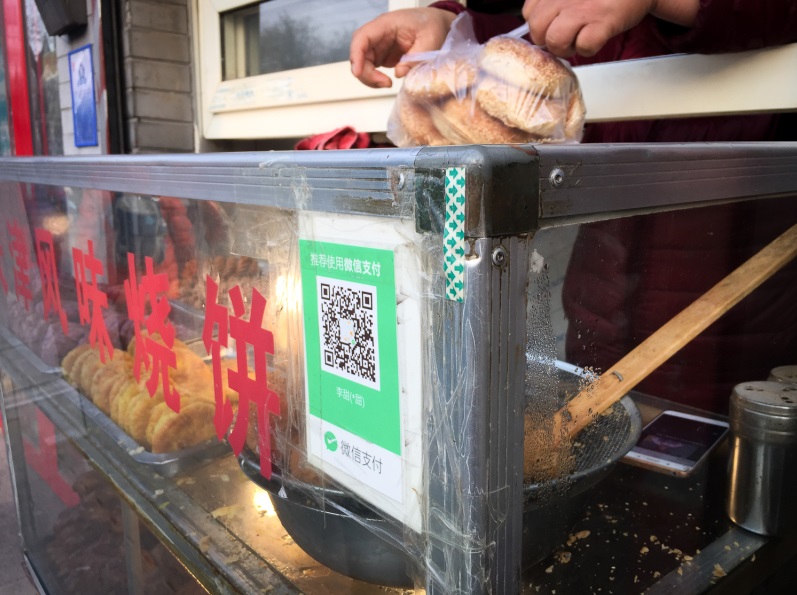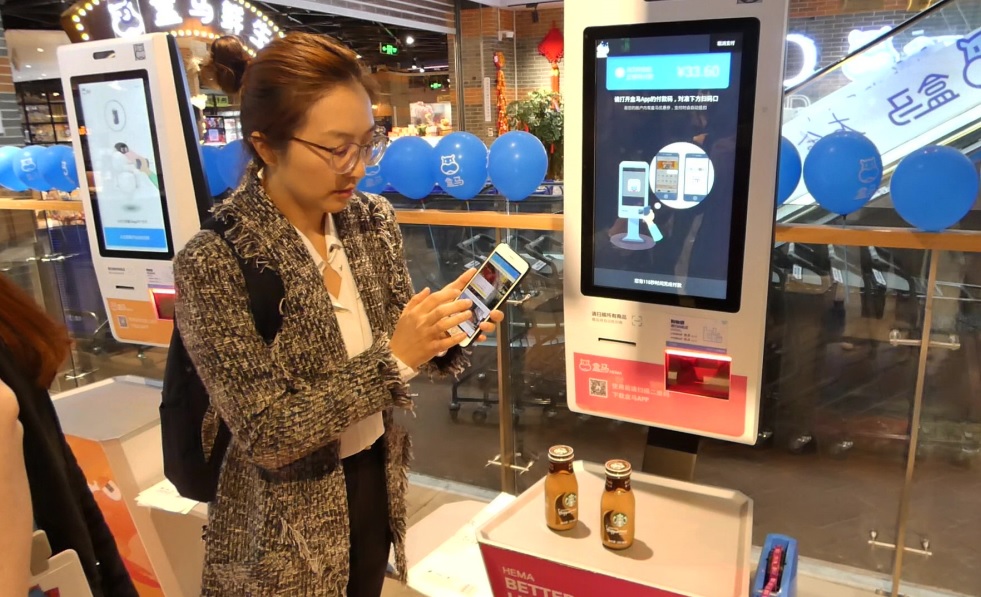Kiwis may still be in a muddle over which banks support Apple Pay, Google Pay, Fitbit pay etc, but China has a much simpler solution.
While western countries embraced NFC (near field contact) smartphone payment technologies, China’s take on it is as elegant as it is simple. Chinese merchants don’t have to fork out for expensive merchant terminals and most smartphones will work with it. Put simply, in China, the QR code reigns supreme. QR codes are those small square bar codes that are often on the bottom corner of billboards.
There’s lots of good reasons why QR codes have gained traction in China. They’re cheap to create (they can be made using a PC and printer) and all the customer needs is a smartphone with a camera.
Most Chinese people also don’t like carrying cash. This makes sense when you consider that the biggest note in China is 100 Yuan (about NZ$30) and that credit cards are rarely accepted beyond cities. Combined with the fact that virtually everyone in China owns a smartphone and most small merchants cannot afford fancy terminals, QR codes are a logical choice.

Chinese online services, Alibaba and Tencent have both built mobile payment apps based around QR codes. All that is needed for the merchant is a sign with a printed QR code. Customers scan these using a smartphone with a camera, which is a default on nearly all smartphones.
US tech companies like Snap are launching their own more secure version of the QR code. Snap has the Snapcode, which can be used to add Snapchat friends and unlock filters. Spotify have also launched the Spotify Code, which lets people play music. Amazon has SmileCodes, which can direct magazine readers to specific Amazon product pages.
By Pat Pilcher
Pat shares his tech tips and new gear for work, rest and play in every issue of FMCG Business magazine.



